The 1N4007 diode is an incredibly important component when it comes to electrical engineering, providing a range of functions and options for any project. Its ability to withstand high power-pulses while also working at very low voltage levels makes it extra attractive to engineers dealing with multiple applications – from rectification or switching operations in power supplies, motor control systems, converters, amplifiers and many other fields. However before you get too far into your project, you need to become familiar with all the features that come along with this particular device; starting firstly with understanding its pinout and specifications. Let’s take a look!
1N4007 Diode Explained
The 1N4007 has two leads: the anode (positive) and cathode (negative). The cathode lead is identified by the silver band marked on the body of the diode. The maximum reverse voltage rating for this device is 1000V, with a continuous forward current rating of 1A. [1]
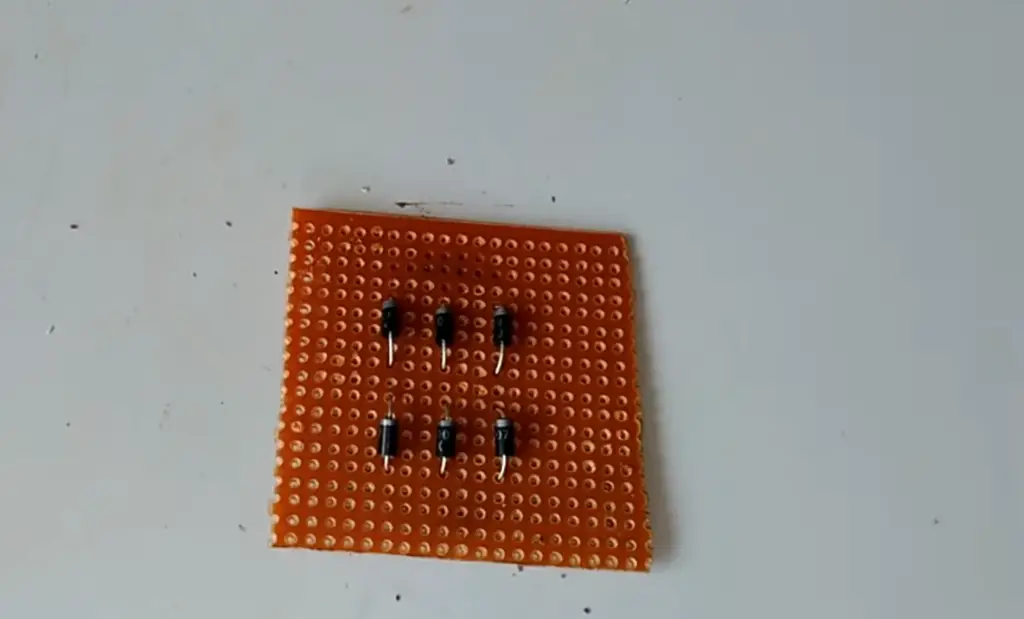
1N4007 Pinout
The 1N4007 diode pinout is relatively simple. The anode connects to the positive voltage source and the cathode connects to ground or negative voltage source. It is important to note that this device should never be used in reverse polarity, as it can cause permanent damage to the device.
1N4007 Features
The 1N4007 diode is a popular and versatile diode that is widely used in many electronic circuit applications. This device has an impressive 1A forward current and a considerable 1000V peak reverse voltage; making it perfect for rectification, regulation of voltages and other DC-DC power conversion tasks. The device also features low capacitance, fast switching speed, and high temperature stability. Moreover, the device’s robust construction ensures reliable operation even under harsh environmental conditions.
1N4007 CAD Models
They are available in Altium Designer, Eagle, KiCAD and OrCAD format. The 1N4007 Diode has two main terminals: Anode (A) and Cathode (K). It also has Lead-Free Terminals for an additional connection point. Its Forward Voltage drop is typically around 1.1V to 1.2V with a maximum of over 1.5V at high current levels. The diode’s Maximum Reverse Leakage Current is lower than other diodes in its class, ranging from 0 to 50uA at 25° Celsius, which makes it highly suitable for low-current applications such as signal clamping or reverse protection circuits. [2]
1N4007 Mechanical Data
The 1N4007 is a standard, three-terminal axial rectifier diode available in DO-41 package. It has low forward voltage drop and high surge current capability making it suitable for many types of AC/DC power conversion applications.
The 1N4007 has a circular shape with two leads protruding from the sides and a third lead coming out of the top. The anode (positive) lead is marked with a white stripe on the diode body, while the cathode (negative) lead is left unmarked. The middle lead is used to provide connection for the diode’s body.
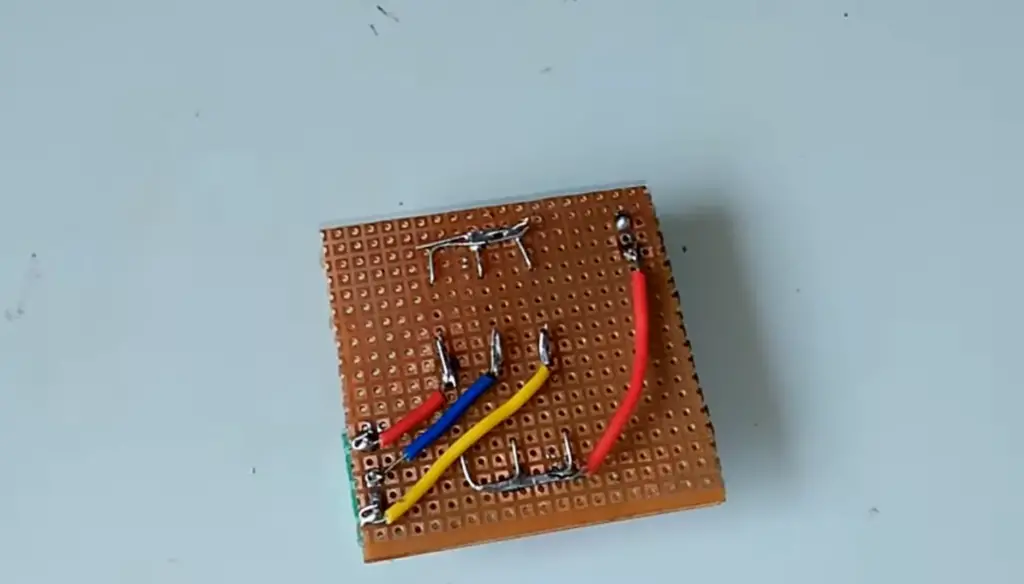
The 1N4007 diode has a maximum reverse voltage rating of 1000V (1KV) and is capable of carrying up to 1A of forward current. Its forward voltage drop is typically around 0.9V, making it an ideal choice for use in applications where power loss needs to be minimized. The device also has a high surge capability with peak repetitive reverse voltages up to 600V and peak non-repetitive reverse voltages up to 800V. [3]
1N4007 Replacement and Equivalent
The 1N4007 diode is a popular and widely used rectifier diode. It has been in production since the 1970s and is composed of an anode, cathode, and a plastic body for isolating the leads from each other. It is rated for use up to 1000 Volts at currents of up to 1 Ampere.
Although the 1N4007 is reliable, sometimes it may need to be replaced due to damage or failure. If this happens, there are several equivalents that can be used in its place. The following list includes some possible alternatives:
- 1N4004D: This device provides 400 mA with a peak reverse voltage of 50 V.
- 1N5819: This device provides 1.5 A with a peak reverse voltage of 40 V.
- 1N5400: This device provides 3A with a peak reverse voltage of 50 V.
- 1N5408: This device provides 3A with a peak reverse voltage of 800V.
- HER108: This device provides 2A with a peak reverse voltage of 600V.
It is important to note that you should always check the datasheet for any diode you are using to ensure that it has the correct specifications and ratings before putting it into use. It is also important to consider other factors such as temperature range, power dissipation, and maximum forward current when selecting an appropriate replacement for your application.
Where to Use 1N4007 Diode
The 1N4007 diode is a very common and popular rectifier diode. It is used in many different applications including power supplies, motor controllers, and pulse generators. The 1N4007 has the capability to withstand voltages up to 1000V which makes it suitable for use in high-voltage circuits. Additionally, its low forward voltage drop of 0.7V makes it ideal for DC-to-DC converters. Furthermore, the 1N4007 has a large reverse current rating of up to 1A which helps protect other components from damage due to excessive current flow.
How to Safely Long Run in a Circuit
When using a 1N4007 diode in a circuit, it is important to consider how the device will be operated over an extended period of time.
First, it is important to mount the 1N4007 diode securely in place on a circuit board or other surface. This ensures that no physical damage can occur due to vibration or movement caused by external forces. Proper insulation and ventilation should also be considered when mounting the diode as these components help dissipate any generated heat and keep other parts of the circuit cool.
Next, it is essential to check for voltage and current spikes in the circuit. These can be caused by external sources such as power surges or a high frequency interference. If these are present, then it is important to install a surge protection device such as an arrestor or filter upstream of the 1N4007 diode to limit potential damage.
Finally, make sure that the diode is not placed under excessive stress by too much current or too high a voltage rating. The rated maximum forward voltage and current must not exceed the manufacturer’s specifications in order to guarantee a safe long-term run within the circuit. Taking all of these steps will help ensure that your 1N4007 diode has a safe and reliable long-term operation in your circuit. [4]
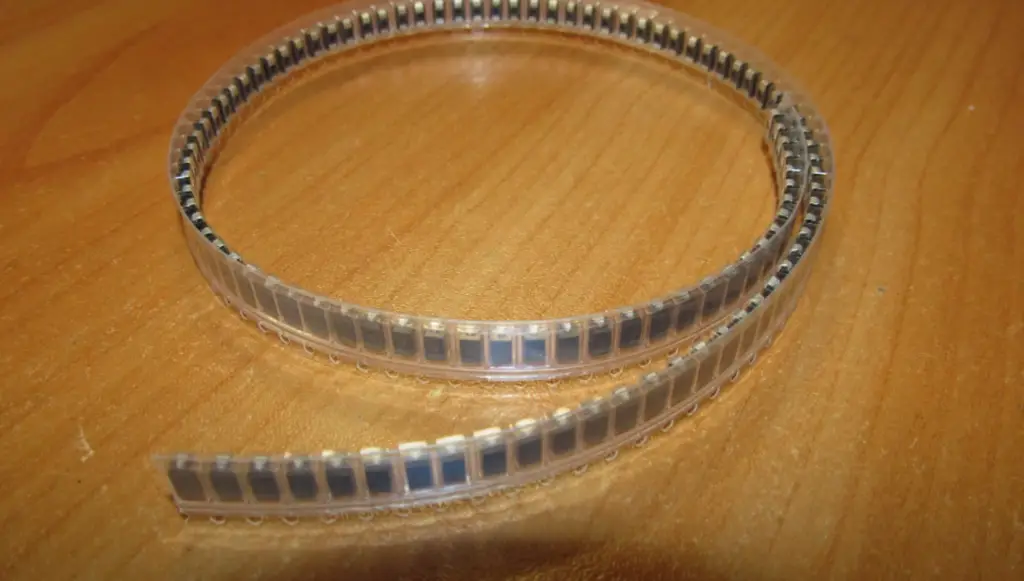
1N4007 Applications
The 1N4007 diode is a widely used and versatile component with numerous potential applications. Commonly, the diode is used in power supply circuits as a rectifier, to convert alternating current (AC) into direct current (DC), as well as for voltage protection devices in electronic equipment.
Other popular uses of the 1N4007 include its application in DC-to-DC converters, motor control circuits, sensor protection systems, LED lighting systems, automotive electronics and more. The high surge capabilities of the 1N4007 make it especially suitable for motor start applications.
Due to its reliable performance at temperatures up to 150°C and an inexpensive cost point, the 1N4007 can be found in a variety of consumer, industrial and automotive electronics.
Overall, the 1N4007 diode is a versatile component with an array of potential applications, making it a highly sought-after component for many electronic projects. With its simple pinout structure and reliable performance, the 1N4007 is an ideal choice when selecting components for your next project.
1N4007 Package Dimensions
The 1N4007 diode is available in a variety of package types, including DO-41 axial leaded packages and SMD packages. The dimensions for each of these are as follows:
- DO-41 Axial Lead Package: 17.3 x 5.1mm
- SMD Package: 4.9 x 3.2mm
If you require additional information on the 1N4007 pinout or its specifications, please refer to the relevant datasheet provided by your manufacturer or distributor. Additionally, there is an abundance of resources online which can provide further assistance with selecting components and understanding their applications.
By taking into consideration all of this information before making your purchase decision, you will be able to ensure that you are selecting the best component for your application. [5]
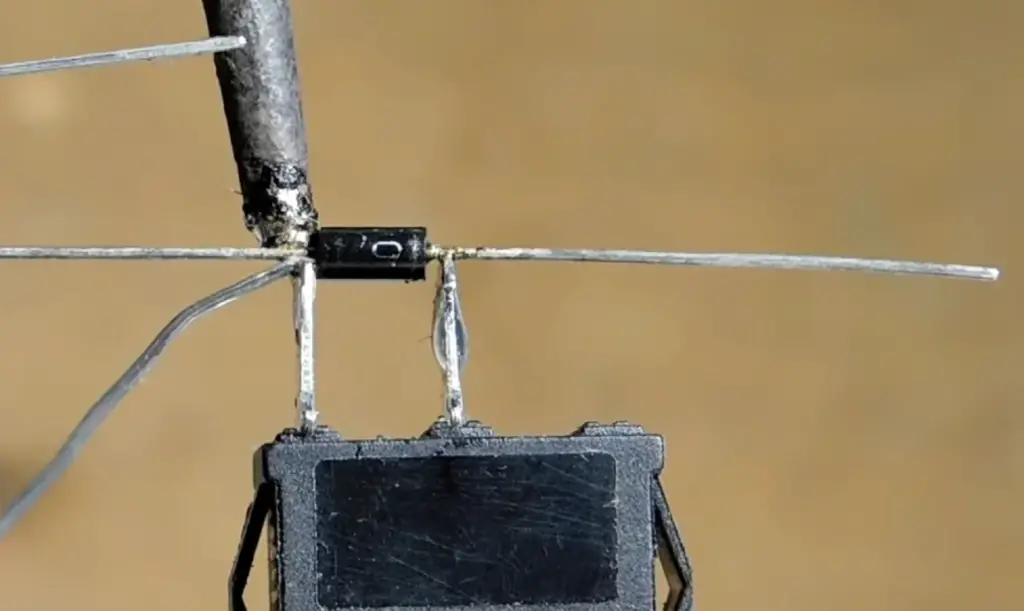
Benefits and Cons of Using 1N4007 Diode
The 1N4007 diode is a widely used and cost-effective component in many applications. It has a variety of benefits and drawbacks that should be taken into consideration when deciding whether or not it is the right choice for a particular project.
Benefits of Using 1N4007 Diode
- High surge current capability – The 1N4007 diode can handle up to 1A of peak forward surge current, making it suitable for use in circuits with high transient currents such as switch mode power supplies and other applications where fast switching transients occur.
- Low forward voltage drop – When conducting, the 1N4007 diode has a low forward voltage drop (around 0.9V for 1A of current) which makes it an ideal choice for applications where power efficiency is important.
- High temperature operation – The 1N4007 diode can operate in environments with temperatures up to 125°C, making it suitable for use in high-temperature circuits such as automotive or industrial electronics.
- Low cost – Due to its widespread popularity and relatively simple design, the 1N4007 diode is one of the most cost-effective components available on the market today.
Cons of Using 1N4007 Diode
- Limited reverse voltage capability – While the 1N4007 diode can handle up to 50V of peak forward voltage, its maximum reverse voltage rating is only 50V. This can be a problem in circuits that require high reverse voltage protection such as mains line voltage isolation circuits.
- Low breakover current – The 1N4007 diode has a relatively low breakover current (around 0.3A) which limits its use in applications where large current spikes are present such as motor control or lightning protection circuits.
- Reverse leakage current – The 1N4007 diode has significant reverse leakage current at higher temperatures, which can limit its use in precision circuits where small currents need to be accurately measured and controlled.
- Low power dissipation – The 1N4007 diode is not capable of dissipating much power due to its limited power dissipation rating (around 1W). This means that it is not suitable for use in high-power circuits.
Overall, the 1N4007 diode is a low cost and widely available component that has many useful applications. However, its limited reverse voltage and current capabilities as well as its susceptibility to high reverse leakage current should be taken into consideration when deciding if it is the right choice for a particular application. If these drawbacks are outweighed by the benefits of using this diode, then it can be an excellent choice for many different types of circuits and projects.
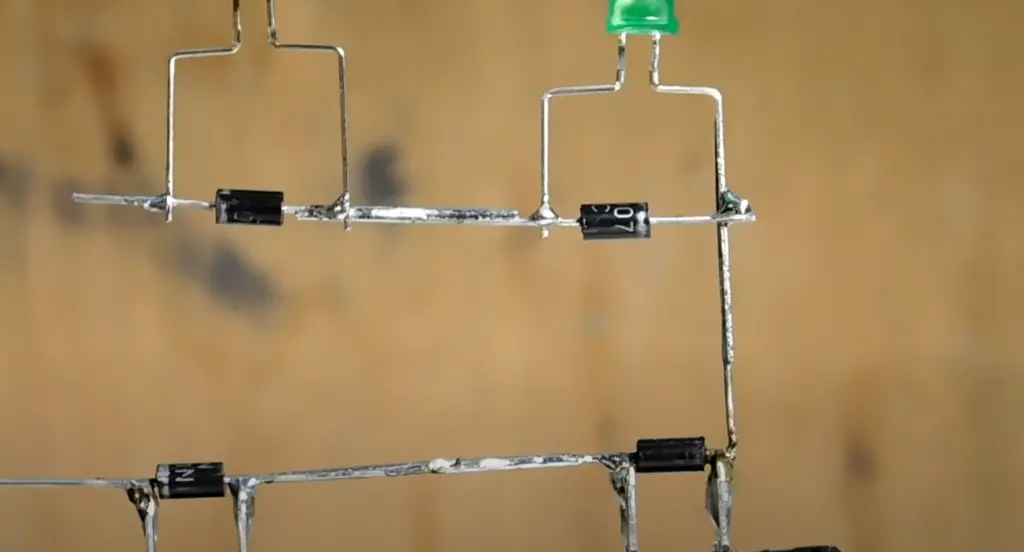
FAQ
What are the specifications of 1N4007?
It also has a current rating of 1 A with peak repetitive reverse voltages up to 1000 V and non-repetitive peak inverse voltages up to 1400 V.
What is the voltage of a 1N4007 diode?
The 1N4007 diode has a maximum forward voltage of 1.0V and a peak repetitive reverse voltage of 1000V. It has a high surge current rating of 30A for half-sine wave pulses of 10 milliseconds in duration and can handle up to 2kWatts of power dissipation. The junction temperature is rated at 150 degrees Celsius for long-term exposure, making it suitable for many high-temperature applications. Additionally, the capacitance between terminals is minimal at 5pF (picofarads). With these specifications, the device is capable of handling large currents while keeping noise and interference low. This makes it an ideal choice for use in many different applications.
How much current can a 1N4007 diode handle?
The maximum current rating of a 1N4007 diode is 1 Amp. The peak surge current capability of the diode is 30 Amps and it has an average rectified forward current rating of 1 Amp. It has a maximum reverse voltage rating of 1000 volts, meaning that any voltage applied in the opposite direction will not exceed 1000V. This makes it ideal for use in high-voltage applications where the direction of the voltage needs to be controlled. Additionally, the breakdown voltage of this diode is typically around 70 volts at 100 mA. This means that it can safely handle up to 70 volts without any damage or performance degradation.
What is the 1N4007 diode used for?
The 1N4007 diode is commonly used for rectifying AC signals into DC signals. It can also be used to protect circuits from voltage spikes and surges, or as a switch in applications where current needs to be only occasionally switched on or off. Additionally, it can be used as a part of an LED circuit where the current needs to be controlled and limited. The diode has many more uses given its high-voltage capabilities, including applications in solar power systems, motor controllers, and electronic ballast circuits.
What does N stand for in 1N4007 diode?
The ‘N’ in 1N4007 stands for the word ‘numerical’, which indicates that the diode has a numerical code allocated to it. This code is used to identify the particular type of diode and its characteristics, such as its peak current rating and breakdown voltage. Additionally, this code can be used to order or buy parts from distributors. The first number (1) indicates the general type of diode, while the remaining three numbers indicate other specific characteristics. In the case of 1N4007, these last three numbers correspond to 400 volts peak reverse voltage and 7 Amps maximum forward voltage capability. As such, any replacement diodes with this same numerical code will have similar characteristics to those of the 1N4007 diode.
What is the difference between 1N4001 and 1N4007?
The main difference between the 1N4001 and 1N4007 diodes is their peak reverse voltage rating. The former has a peak reverse voltage of 50 volts, while the latter has a rating of 1000 volts. This means that the 1N4007 diode is capable of handling higher voltages than its counterpart. Additionally, the 1N4007 can handle more current in comparison to the 1N4001; it has an average rectified forward current rating of 1 Amp versus 0.2 Amps for the latter. Furthermore, its surge current capability is also higher at 30 Amps compared to 8 Amps for the other diode. Both diodes have similar values when it comes to their breakdown voltage and maximum power ratings. Overall, the 1N4007 diode is a more robust device than the 1N4001, and is therefore better suited for high-voltage applications that require reliable current control.
Useful Video: 1N4007 Diode
Conclusion
The 1N4007 diode is a reliable, robust and cost-effective choice for low power applications. With its low forward voltage drop, high peak reverse voltage, and fast switching speed, the 1N4007 can be used in many different types of circuits. The 1N4007 pinout is simple and easy to remember, making it a great choice for novice engineers who are just starting out with circuit design. With its variety of applications and specifications, the 1N4007 diode is an essential component to include in any electronic project or prototype.
Many components go into creating a successful circuit – but the basic elements remain the same. As we have seen with the 1N4007 diode, understanding each part’s pinout and specifications is key to creating a successful circuit. With this knowledge, you can create sophisticated and reliable circuits with ease.
References
- https://www.etechnophiles.com/1n4007-diode-specs-pinout-equivalent/
- https://www.componentsinfo.com/1n4007-diode-pinout-datasheet/
- https://components101.com/diodes/1n4007-diode
- https://netsonic.fi/en/1n4007-diode-datasheet-and-specs-standard-silicon-rectifier-diode/
- https://potentiallabs.com/cart/in4007-diode





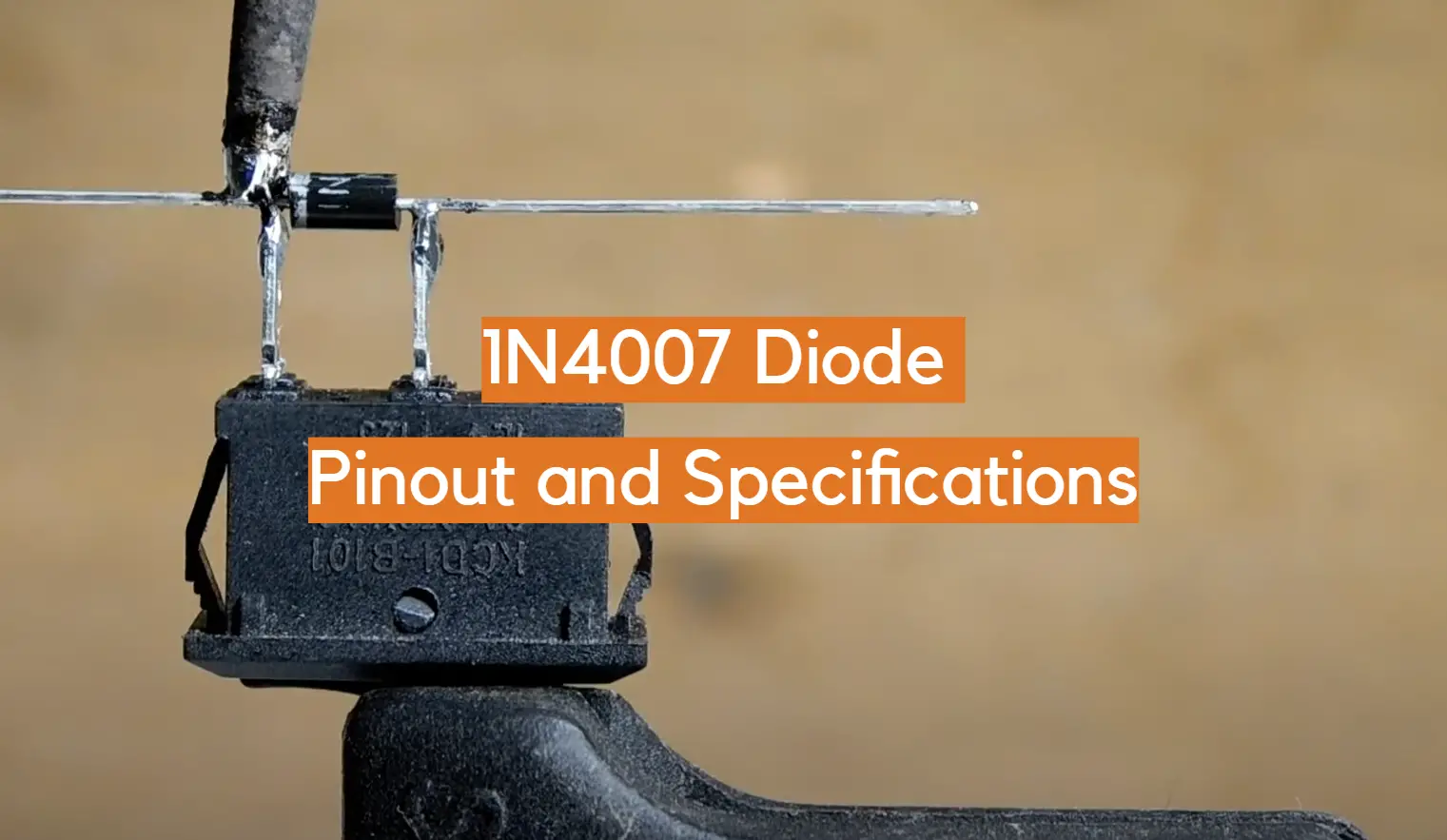







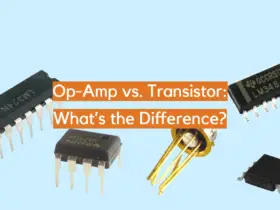
Leave a Reply